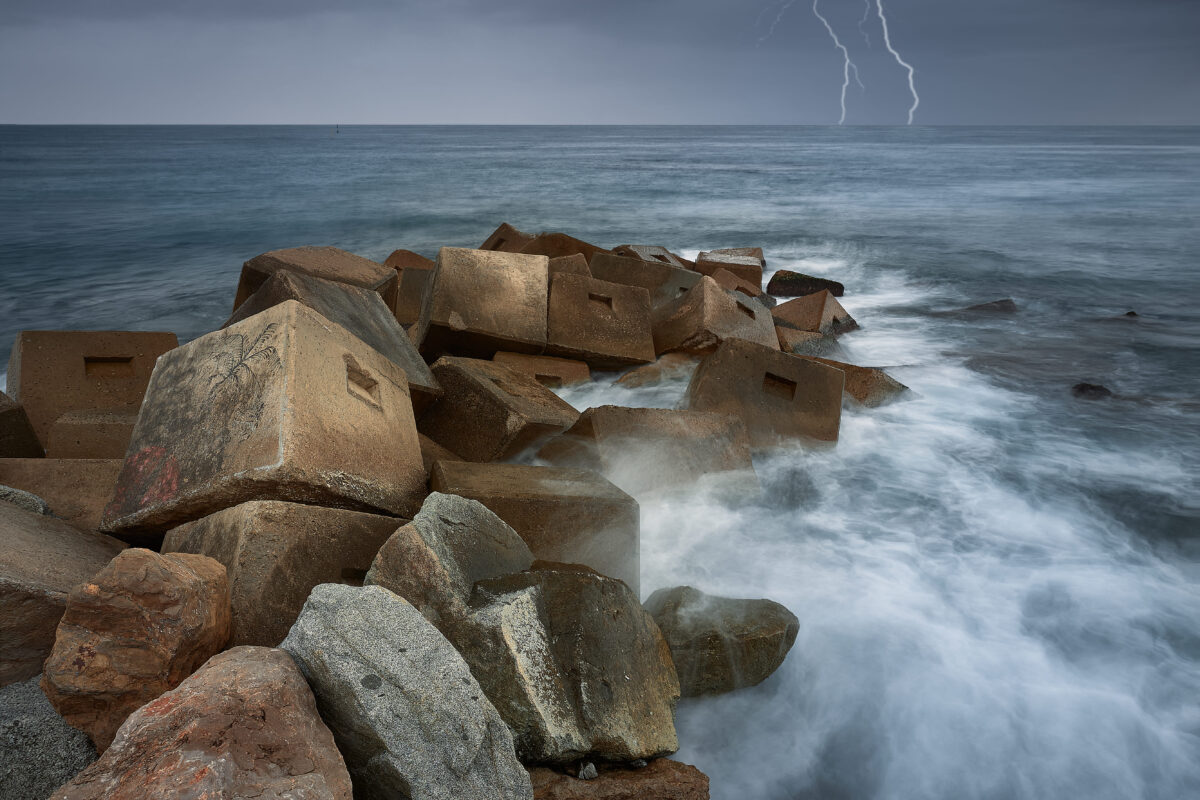Get prepared: what to put in your household emergency kit

- Written by
- Abby Beswick
When Cyclone Gabrielle struck, bringing historically heavy rainfall and extreme winds, multiple regions were thrown into a state of emergency. The catastrophic storm caused flooding and landslides, which knocked out power and communication networks, just when people needed them most.
In the wake of the destruction, families were displaced and many others who were able to remain at home, survived on dwindling supplies and often in isolation, during what was one of the country’s worst weather disasters.
The effects of the cyclone continue to disrupt people’s lives as we put our regions back together, and will likely be doing so for years to come. For many of us, the cyclone also showed us how unprepared we were for such a major event, and what we need to do differently to ensure we’re ready when the worst happens.
Global warming on climate change means extreme weather events like this are likely to become more and more common. It’s up to you to make sure your family has what it needs to get through a disaster on your own.
Following is a checklist, to help you prepare your emergency household kit.
Get household ready
Remember, you could lose power and be out of contact for a while so it’s crucial to have enough supplies for at least three days. You probably have most of the items already but they need to be in one place, so you can locate them quickly and in the dark.
- Water for three days or more – Water supplies can be affected in an emergency, and this is the single best thing you can store to be prepared for a disaster. Make sure you have at least 9 litres of water for every person in the house. This will be enough for drinking and basic hygiene. For more information about treating and storing drinking water go to wremo.nz/get-ready/home-ready/store-water/.
- Long-lasting food that doesn’t need to be cooked (unless you have a camping stove or gas barbecue), including food for babies and pets. If you have special dietary needs, make sure you include these items. Remember to include a can opener.
- Toilet paper and large plastic buckets for an emergency toilet. Work gloves, face masks and hand sanitiser.
- First aid kit including, a variety of plasters, bandages and sterile dressings, safety pins, tape, antiseptic, tweezers and paracetamol
- Torch, batteries, solar or battery-powered radio
- Portable phone charger
- Copies of important documents and ID
- In an emergency, remember to grab any medication you might need in case you have to evacuate.
The cyclone has shown the importance of being prepared for an emergency. Putting together an emergency kit is one of the best ways you can care for your family when the unexpected happens.